Upside startup name: Neurocess
Headquartered: London (England, UK)
Website: https://www.neurocess.co/
Founded: 2018
Amount money raised: $3.4M. Raising another $5M as part of their next round of funding.
Sector: Sensor based injury prevention and rehab tool
Customers: Leading Premier league soccer clubs, and Turkish soccer clubs.
Founded in 2018, Neurocess offers services as a wearable technology product that increases the training performance and reduces the risk of injury. Its product provides a sports activity analysis platform through a wireless EMG-based sensor network optimized for athletes. The developed bio-sensors is assisted by advanced signal processing methods to capture physiological data from the muscles accurately. They are using the electrical signals to extract important physiological and biomechanical features such as localised muscular strength, force, fatigue level, dehydration, joint angular velocity, rotation and orientation. They are analysing this necessary physiological information with cutting-edge machine learning methods to gain insight into neuromuscular improvements, training efficiency, athletic form and injury risks.
Picture: Neurocess sensor
Please check out the video below on Neurocess’ sensor based injury prevention solution.
Video: Neurocess product
This week, we interviewed Mert Ergeneci, CTO of Neurocess to discuss the company’s product, its ambition for the European market, and future plans for 2021 and beyond.
Q1. Tell us about Neurocess and how your product is different from other injury prevention tools out there?
In the professional sports industry, injury due to wrong training or lack of physiological information is an obstacle for a sports club’s success and a burden for its financials. As injuries have a substantial adverse effect on the professional sports industry, there is a considerable demand for elite athlete tracking technology valued at €2.1 billion in 2018 with a growth expectation of €7.3 billion by 2023. However, state of the art force decks, electromyography (EMG) sensors and isokinetic dynamometers are stationary, i.e., unable to account for the very dynamic quality sports exercise training. In contrast, others such as GPS chest vests provide limited information output which is non-physiological. EMG technology is used in various applications such as medical diagnosis and rehabilitation, sports science research, athlete monitoring, human-machine interaction and gesture recognition. However, today, no EMG platform can respond to the sports sector’s needs, which requires mobility, endurance, long distance and multi-channel data transmission, and advanced data analytics. Our product presents a complete athlete tracking system that can adequately address industrial demand and overcome these limitations. It aims to drastically improve athletic performance with the help of innovative EMG sensors that can detect neuromuscular weaknesses and positively impact the athlete’s ability to train efficiently and with low injury risk. We achieve this by providing the world’s smallest noise-cancelling EMG-based sensor network that can wirelessly transfer long-distance, multichannel data during training and information of great value to their coaching and medical staff.
Q2. Which teams are using your product in Europe today?
Many clubs in English Premier League use our product.
Q3. How important is the European market for Neurocess?
We have so far delivered our products to the UK, but now we want to expand to other countries in Europe. Since Europe is the center of football, it is very important for us to take part in this market.
Q4. Are you focusing on a particular sport for the European market? Do you plan to expand to new sports?
We are focused on football. Then, we are planning to expand to cycling, rugby, F1, tennis and basketball.
Q5. Why should any pro teams use your product? What is unique about your product?
Our product provides a sports activity analysis platform through a wireless EMG-based sensor network optimized for athletes. The developed bio-sensors will be assisted by advanced signal processing methods to capture physiological data from the muscles accurately. We are using the electrical signals to extract important physiological and biomechanical features such as localised muscular strength, force, fatigue level, dehydration, joint angular velocity, rotation and orientation. We are analysing this necessary physiological information with cutting-edge machine learning methods to gain insight into neuromuscular improvements, training efficiency, athletic form and injury risks. This methodology ensures that the platform’s data analysis software will significantly improve an athlete’s performance and reduces the risks of injuries. We also provide analysis for return to play readiness after injury.
Q6. What are your plans for the next 24 months in Europe?
We aim to reach other countries and sports branches in the sports industry within 24 months.
If you want to learn more about Neurocess, please contact Mert at ergenecimert@gmail.com


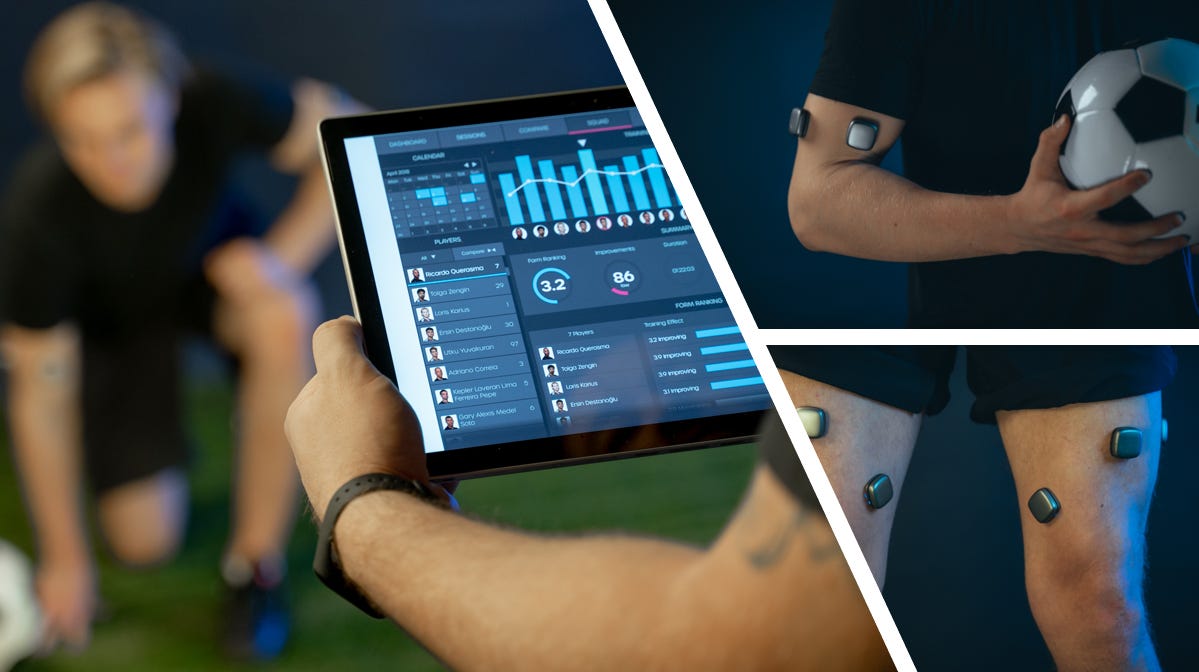
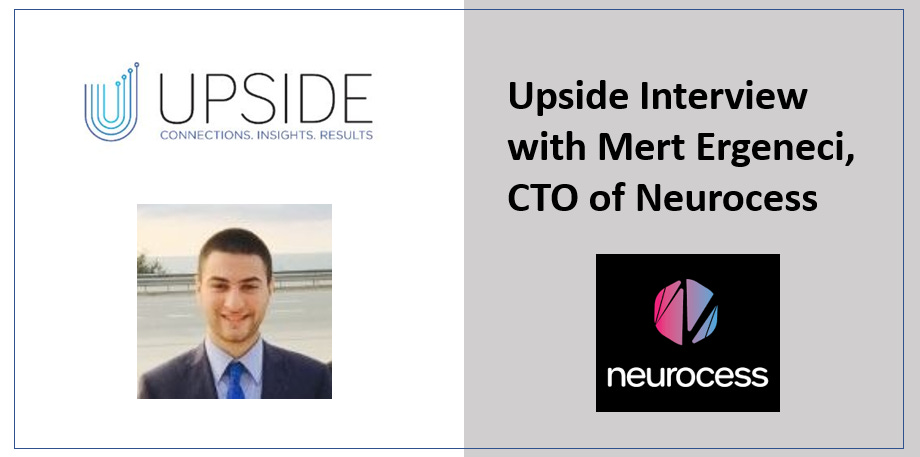

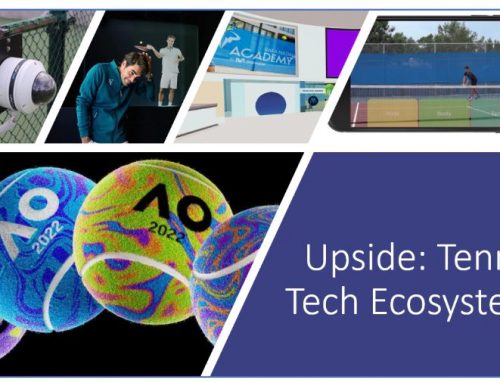

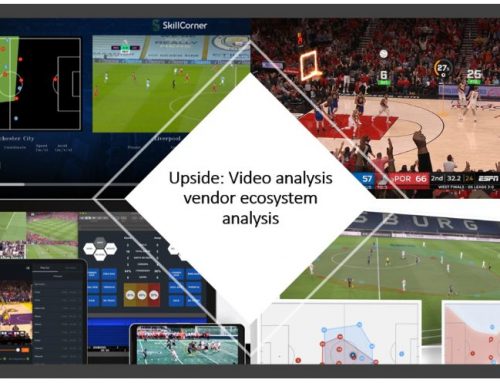
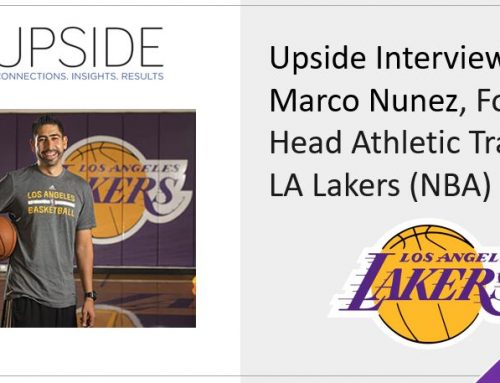
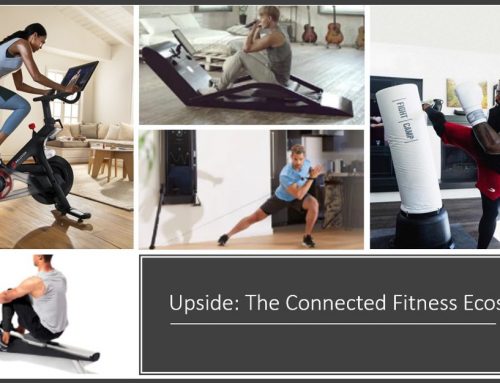

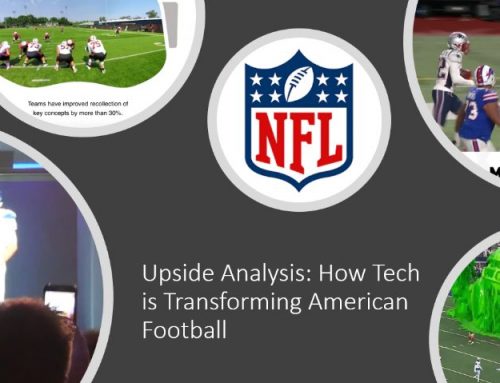

Leave A Comment
You must be logged in to post a comment.